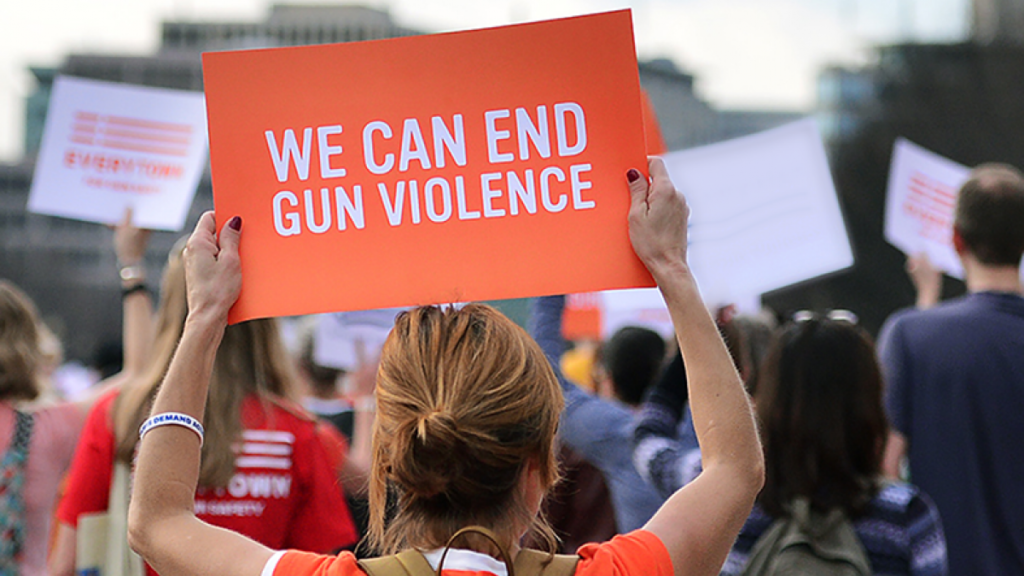By Mike Goodman

In July, gun violence rocked the city, and hit close to home for Southwest and Southeast residents. On July 16, a 6-year-old girl was fatally shot and five others, including her mother, were wounded from gunfire in the Southeast quadrant. The next night, there was a shooting right outside Nationals Park, wounding three people, sending fans running, and stopping the game. Then, on July 22, two people were injured by bullets fired on 14th Street, NW, causing panic in the Logan Circle area.
According to Metropolitan Police Department (MPD) data, homicides in DC ticked up significantly in 2020. Here are DC homicide numbers from the last 10 years:
| 2020 | 2019 | 2018 | 2017 | 2016 | 2015 | 2014 | 2013 | 2012 | 2011 |
| 198 | 166 | 160 | 116 | 135 | 162 | 105 | 104* | 88 | 108 |
*The citywide 2013 homicide statistics include the 12 victims of the Washington Navy Yard shooting incident that occurred on September 16, 2013.
Unfortunately, also according to MPD data, 2021 is tracking 2020 homicide rates. As of July 23, 2021, there have been 108 homicides this year. At the same point last year, there were 106.
Mayor Muriel Bowser has turned her attention towards addressing gun violence and the criminal justice system. Below is an open letter from the Mayor on July 23:
Dear Washingtonians,
I have said it before, and I will continue to say it: we will never accept gun violence as normal. No matter where it occurs, when it occurs, or why it occurs – we will not accept gun violence as the answer to anything.
We know that nationwide, Americans are desperate for change. Gun violence is a public health crisis, and, in DC, we are committed to treating it as such. The solutions must address our short-term and long-term needs and be focused on prevention, opportunity, and accountability.
In the short-term, I have directed the Metropolitan Police Department to use any overtime necessary to increase their presence in neighborhoods most affected by gun violence. Every resident, in every part of our city, deserves to feel safe walking to the bus, going to the store, or letting their children play outside.
In the short- and long-term, we are making significant investments in a whole-of-government approach to reducing gun violence. This means asking every DC Government agency to find their role. With local and federal funding, we are investing more than $214 million in gun violence prevention and related services over the next four years. This funding will be directed toward violence interruption; better access to mental and behavioral health care; alternatives to police responses; housing for individuals involved in violence; better supports for our family members and neighbors returning to the community after incarceration; longer hours at some of our recreation centers; dedicated employment opportunities for individuals at-risk of gun violence; and grant funding for individuals and community organizations who are taking their own initiative to combat gun violence.
We also know that DC is unique in the American criminal justice system. Because we are not a state, the federal government plays an outsized role in our ability to hold people accountable and deliver justice. The Metropolitan Police Department can investigate cases and make arrests, but then, overwhelmingly, the ability to deliver justice is in the hands of our federal partners.
I want to share with you the same concerns we have repeatedly shared with our federal partners over the last several months.
At this time, we know that because our federal partners are not operating at full capacity, there is a lag in case processing that is creating its own public safety crisis in Washington, DC. In January 2020, there were 5,707 criminal cases pending in DC Superior Court. As of June 2021, there are 10,199 criminal cases pending. This is justice delayed for victims, defendants, and the District of Columbia as a whole.
In practical terms, what does this lag in case processing mean for our community? It means more people are arrested and then immediately released. And not only are more people in the community on pretrial release, the average stay is 134% longer than pre-COVID and supervision caseloads are nearly double pre-COVID levels. And for individuals who are both in the community and those who are already detained, there is a 102% increase in cases where people have been arrested and are still awaiting formal charges. At the local Department of Corrections, the average length of stay has increased from 178 days in 2019 to 260 days in 2021.
All around, the current status of our justice system is untenable. Every person arrested or detained deserves to have their case disposed of in a timely manner. Every resident and every person who comes in contact with our criminal justice system deserves for the system to be fully functioning.
We will continue to do everything within our local control to expand opportunity, to get illegal guns off our streets, and to hold people accountable when they bring violence to our neighborhoods. But we need the entire system operating at full capacity – not just pre-COVID capacity, but the necessary capacity to clear backlogs and end the crisis in our court system.
Sincerely,
Muriel Bowser

